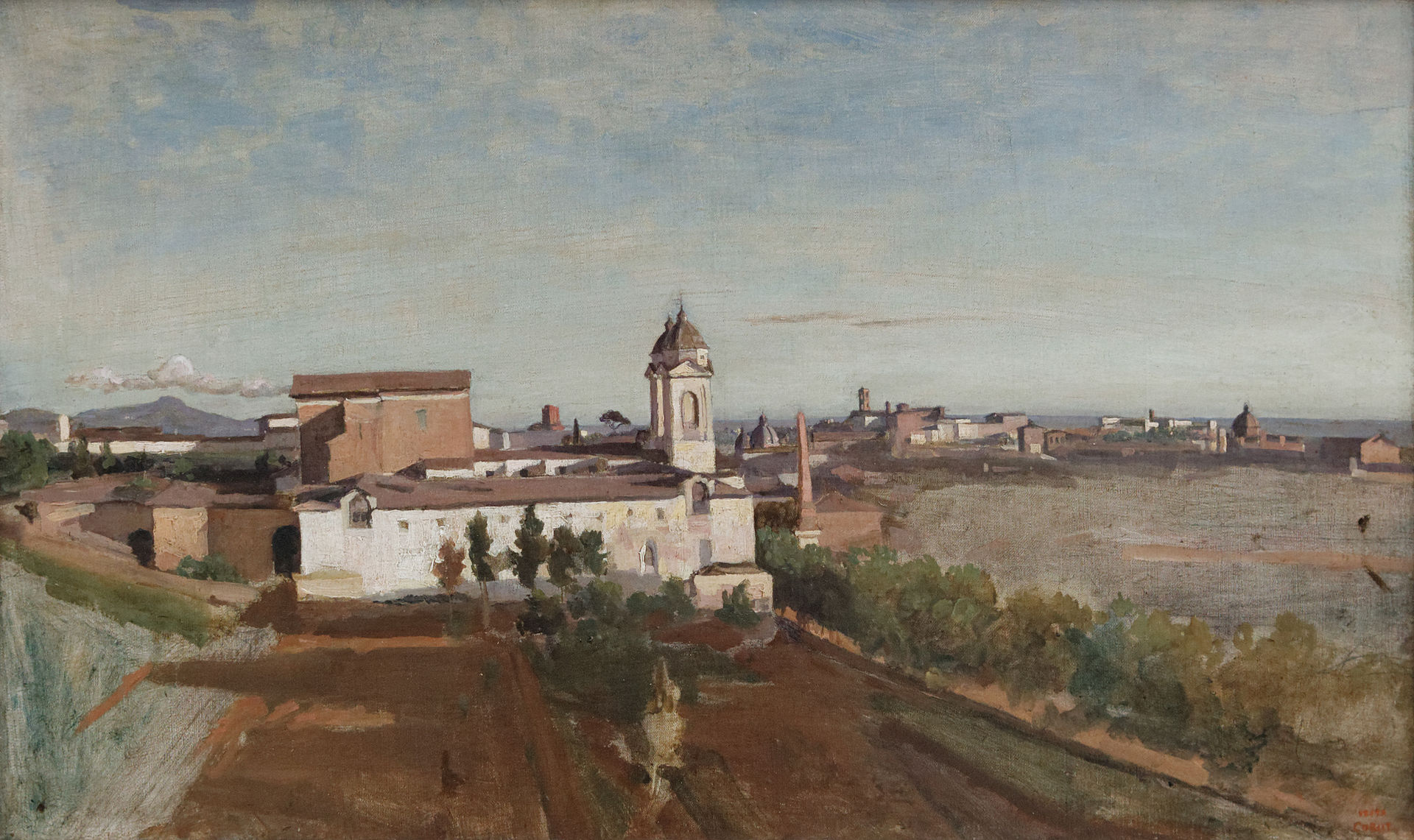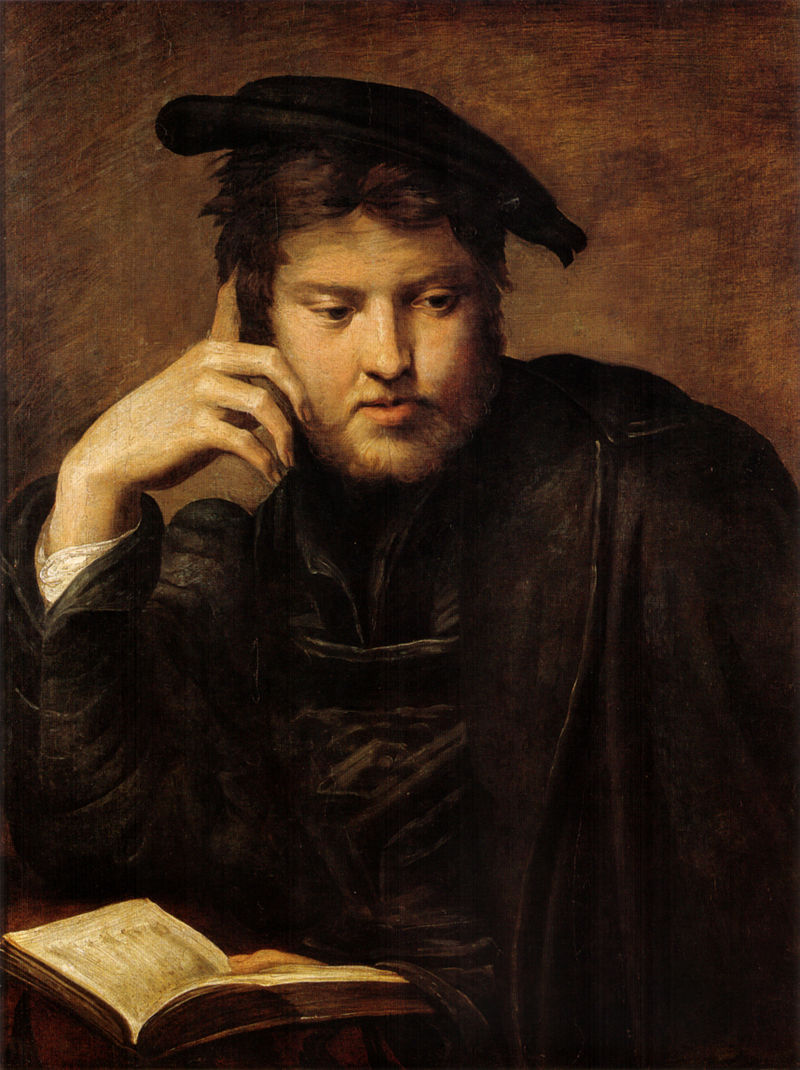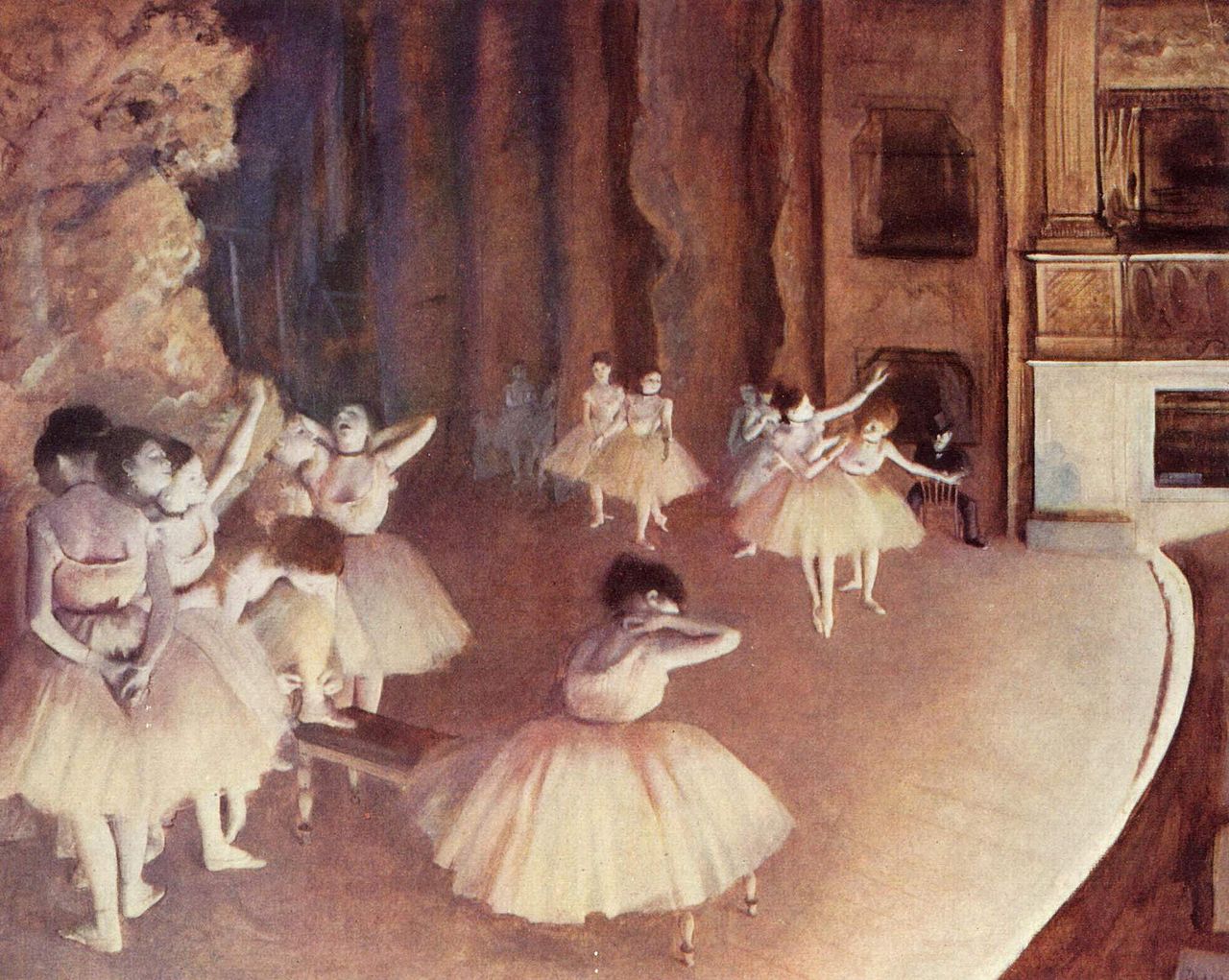Camille Corot, the woman who interrupts reading and a question: how do we read today (if we read)?

This painting by the French painter seems done today: how long we manage to stay with the attention dedicated to the pages of a book? Is reading in our time be something to recover or reconstruct?
In the 1950s, the critic René Huyghe coined a famous joke: « In the world there are almost one thousand five hundred paintings by Camille Corot, three thousand of which are in America ». He alluded to the overflowing quantity of « imitations » (not to say false) of the French artist who still flood museums and galleries today, especially in the United States. King of the views, master of the emotional surrender, cardinal between the mid -nineteenth -century landscape painting and modern « impression »Corot is still one of the best known, copied, yet difficult to place artists. The test lies in the variety of critical interpretations that have accompanied him over the years.
He was born in 1796 and died a year after the birth of the Impressionist movement, in 1875. Today it is still known for the landscapes, but in this episode of « masterpiece! » I chose one of his beautiful human figuresin my opinion the right way to frame the artist in his completeness. The painting is from 1870 and is titled Interrupted readingtoday preserved in the Art Institute of Chicago. We are in the more mature choir, the one that has traveled for a long time, which has let itself be seduced from Italy and by the atmospheres of the Mediterraneanthe one who has long found a soft conjunction between nature and people through a « wide » brushstroke, never avara.
And so this reader proposes to us in his absolute spontaneity: He has clothing very close to that of nineteenth -century Italy, recalls the women of the Lazio province that the artist saw in his stays. Skilled dress, showy jewels, adorned hairstyle of circle and clips. He has a book on his lap, but his head elsewhere: the title itself suggests a distraction. Still, there is an important difference between this woman and another famous interrupted reading, that of Parmigianinofrom 1529, which you see below.

In the painting of the Emilian painter, the man who reads seems to stop to reflect on a concept or on a Passage of reading. It could be, let’s say, a continuation of reading with other means. The chorot woman does not. Meanwhile, the book is not « temporarily supported », but it seems rather « abandoned » in the womb. He looks in front of him with a contrite expression, as if to communicate a subtle concern that transcends the act of reading. A pain of love? A fixed thought? Will he have taken that book in his hand for the pleasure of reading or, rather to let himself be temporarily kidnapped by anxieties?
The reader of Parmigianino He is caught in a break of attention, the chorot reader is in a state of full distraction. A state, this, made magnificently by the painter with fast brushstrokes, with his famous « discharge », the ease in painting that they will envy him Monet and the others, the naturalness of the surrender of the moods, the anti-trial that will always infuse, both in the landscapes and in the portraits.

This is Corot’s secret: how Degas wanted to experience something different than inspiration en plein air. He returned to the studio, He reported on the canvas not so much the things he saw but the ones he took to rememberso as to give its figures a remarkable emotional quality, a school to which many will draw on. Like Degas (which in many paintings does not reproduce the precise moment, but the first or after), also chorot detached himself from the detail, from detail and the exactness To let yourself be carried away by memory. Thus his depictions began to be born from that limbo between memory and imagination, outside the « too many air currents » of outdoor painting, as Degas ironically observed.
And precisely in this painting, the indefinable expression of the woman reaches our neuronal circuits through some invisible passages: the hand resting on the head that seems to be dissolved in a pulviscolo of light colors; The inclination of the shoulders, the shadows under the eyes, the pale complexion.
Those who in the eyes of many critics of his contemporaries seemed to « negligence », have proved to be the real momentum over the years Vital of Corot, a very modern artist, so much so that Monet speaking of him said « there is only him and we learn from him ». Precisely for this reason he has cardinal with the developments of late nineteenth -century painting, that of the Impressionists: did not paint « that hand », but the evocation of a hand, partly seen with the eyes and partly imagined or remembered. Munch, later, will bring this process to the extremepainting an eccentric territory made of memories, dreams, imagination and things seen.
And so, following the emotions that this distracted woman transmits us, perhaps desperate, one wonders: How many times can we keep attention firmly on a page that we are reading? How many times, however, do we feel the need to stop and abandon the book on her lap because reading it tires us? There is an interesting book, entitled How to read?written by Naomi S. Baron and published by Raffaello Cortina, who addresses the theme of reading today: do we still know how to read? Or do we think we read all day (posts, news, articles, messages, e-mails) but in reality we are only informing us?
Confunding reading and receiving information is one of the great misunderstandings in the time we live: there is a reading fast (for scan) and a reading slow (meditative). Too bad that the second is the one who – according to the research reported by Baron – consolidates our critical sense, the ability to analyze things, to think better. Too bad, because it is precisely the meditative reading we are losing. The causes are many, some still dark and controversial. In the preface, the cognitive neuroscientist Maryanne Wolf writes: « If the dominant vehicle favors fast processes, oriented to multitasking and suitable for large volumes of information, as happens with digital, lesser time and attention will be allocated to the more cognitive and reflective functions ».
Reading a book is not reading an article or post: The book requires a process that resembles possession, even physical. That’s why, in spite of the initial forecasts, reading books on digital supports has never taken off and still today (to truth, more young people than adults prefer the card if they have to read a novel or an essay. Reading, therefore, today resembles something that must be reconstructed: also because it is not, as we often think, a natural act. Reading is a cultural process And as such you learn and disappear. A reading circuit is not a permanent gift, but is built and rebuilt by what prevails in a given environment or in a given historical period.
Finally, against any melense rhetoric (just as chorot liked) it is a pious illusion to think that reading is a distractioneven when we take the lightest of romance in circulation in hand: in the classic How to read a bookby Mortimer J. Adler, one of the cornerstones is enclosed in a statement: « Reading involves one of the most intense mental activity: if you are not tired, perhaps you have not done your job ».






